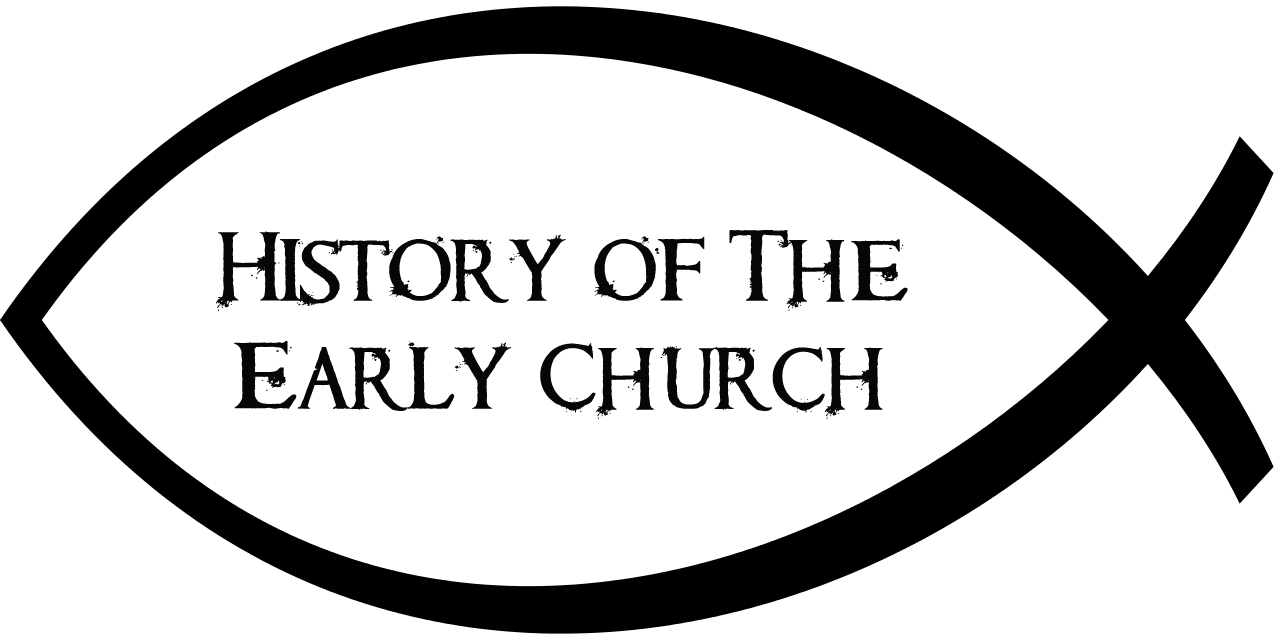
The German Baptist Brethren, not to be confused with the Plymouth Brethren, began as a small movement in Schwarzenau, Germany, during the early 1700s. Their primary organizer and leader in the early decades of the movement was Alexander Mack. The group began within the Pietist movement, but the Brethren commitment to radical New Testament discipleship lead them to a way of life very similar to the Anabaptists. Based upon their study of the early church through the writings of Gottfried Arnold, the Brethren began to practice baptism by triple immersion. Because of their practice of immersion or dunking, they became commonly known as the Dunkers. Due to persecution in Europe, all of the German Baptist Brethren emigrated to the United States during the eighteenth century in two main groups, one in 1719 and another in 1729.

The Brethren originally settled in Germantown, Pennsylvania, but quickly moved to other areas of Pennsylvania. One charismatic member of the Brethren group, Conrad Beissel, split off from the main body and formed the Ephrata Cloister. During the eighteenth and ninteenth century, many of the Brethren moved westward, so that today they have congregations in most states, except for the south and southwest. In the late 1800s, the Brethren movement divided into three main groups: (1) the conservatives, now known as the “Old Order German Baptist Brethren,” (2) the moderates, now known as the “Church of the Brethren,” and the liberals, now known as the “Brethren Church.” In 1926, a conservative wing of the Church of the Brethren broke off, adopting the name, “Dunkard Brethren.” There are still Bible-believing, conservative Brethren members among the Church of the Brethren, but most conservative Brethren are to be found today among the Old Order German Baptist Brethren and the Dunkard Brethren.

The Old Order German Baptist Brethren hold a nationwide annual meeting during the time of Pentecost each year. Brethren travel from all over the country to attend their annual meetings, which provide wonderful times of fellowship for them. They also make decisions at their annual meetings concerning various church and lifestyle issues.

The pictures on these pages were taken during one of their annual meetings. In dress, the German Baptist Brethren look somewhat similar to the Amish. However, unlike the Amish, they use cars, electricity, and most modern amenities. Nevertheless, by tradition, they hold their annual meetings in a large tent, which is normally set up on one of the member’s farms.
